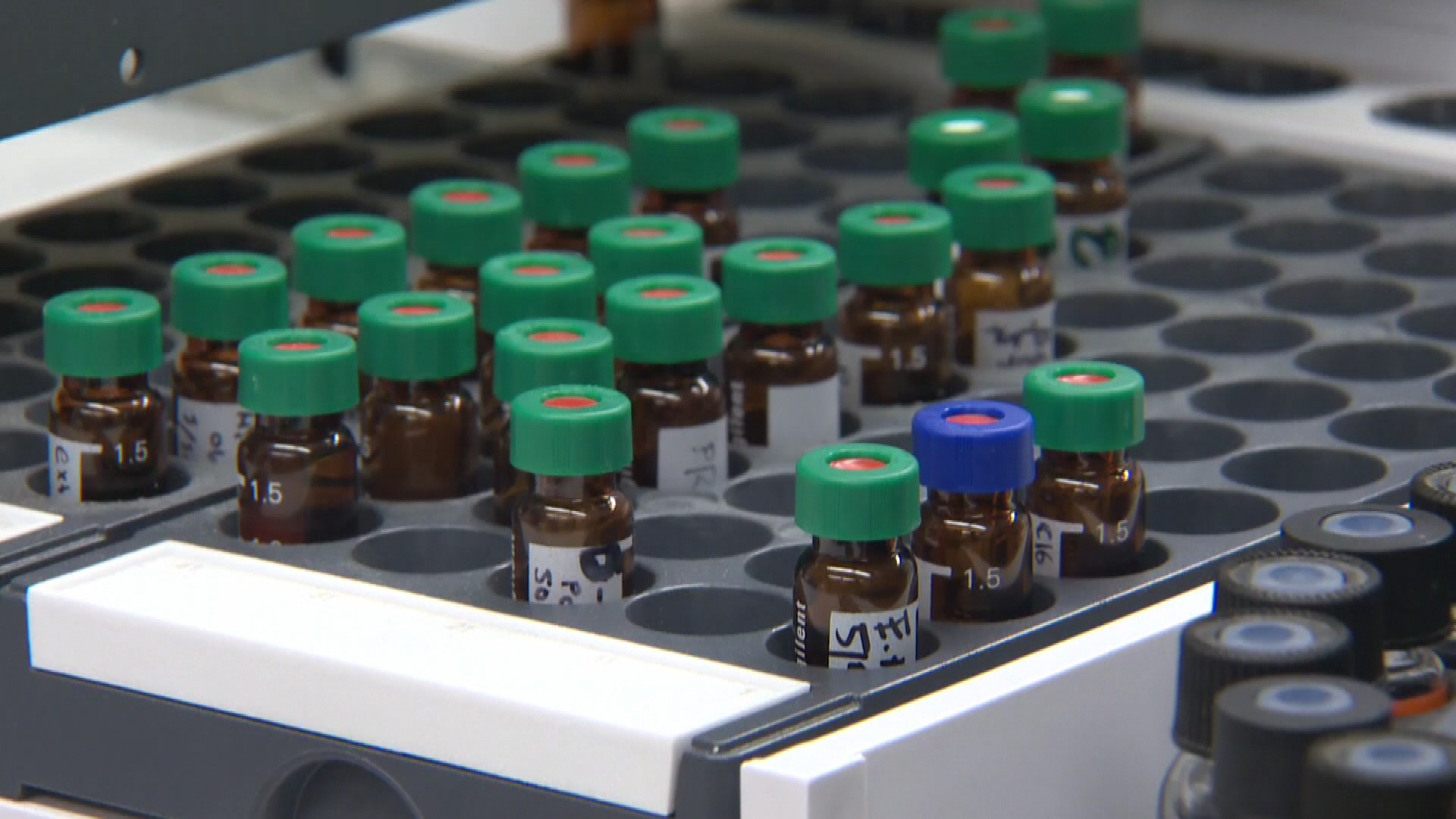PORTLAND, Ore. – Do you know what chemicals you're exposed to on a daily basis? Pollutants we encounter every day come from any number of sources – cars, factories, shampoos, lotions, carpets and more.
Some chemicals are benign but others could be hazardous to your health.
"Neurotoxins and exposure to some of these chemicals early in life are changing IQ points just enough so there's millions more children that are in the range of disabled by these chemicals," said Jennifer Coleman with the Oregon Environmental Council.
Chemical exposure is a scary proposition for Bethany Thomas, a mother of three kids.
![Jennifer Coleman, Oregon Environmental Council [ID=27730629] [ID=27730629]](/Portals/_default/Skins/PrestoLegacy/CommonCss/images/pullquote.jpg) She tries to buy natural products and live a healthy lifestyle, but worries about things she can't control.
She tries to buy natural products and live a healthy lifestyle, but worries about things she can't control.
"I'm nervous about the chemicals that are in the environment that we don't know very much about and how they are affecting our health," Thomas said.
That's why Thomas volunteered for a study to find out exactly which chemicals she and her family are encountering each day. She is one of 25 volunteers across the country taking part in the experiment organized by the Environmental Defense Fund.
Thomas and the other volunteers wore a specially treated wristband for a week that absorbs around 1,400 substances. Researchers are collecting the wristbands and testing them to determine every chemical the subject was exposed to during the week.
As a mother of two young kids, I was curious about my own chemical exposure. I also volunteered to wear the test wristband for a week as part of the EDF experiment.
After a week with the band, I sent it off to researchers at Oregon State University for testing.
Professor Kim Anderson helped develop the wristband.
"The way chemicals are used in the U.S. is that we don't necessarily test them before they're put into commerce," Anderson said.
She explained that exposure to various chemicals can have health consequences. She said 50-70 percent of diseases aren't caused by genetics, but rather by environmental factors.
During the last year, Anderson and her colleagues tested these wristbands on hundreds of people around the world.
She said the most shocking findings came from a group of children ages 3 to 5. Almost all of their wristbands tested positive for flame retardants.
"Very large quantities over the course of just a few days," Anderson said.
The highest levels came from kids in well-vacuumed homes. In other words, more vacuuming led to more flame retardants found.
"The particles are getting caught, but the vapor still goes out the back of the vacuum cleaner," Anderson explained.
The National Institutes of Health have linked certain flame retardants to memory and learning problems, lower IQ and advanced puberty, among other problems.
Chemical exposure concerns Sen. Jeff Merkley.
"Every single day, we are using all kinds of consumer products that have toxic chemicals embedded in them," Merkley said.
He has been working with other senators to push stricter federal regulation on chemicals in everyday products.
"There are some 80,000 different chemicals, new ones being introduced without ever being tested," Merkley said.
He said that of those 80,000 chemicals, only 200 used in commercial products are screened for safety by the Environmental Protection Agency.
Proposed legislation would require the EPA to review all chemicals – both new and existing – for safety. It would also increase protections for children, pregnant women and elderly people.
Merkley said he hopes that if people find out exactly what they're exposed to, they will decide to make healthier choices.
Keely Chalmers wore the test wristband for one week before sending it back to Oregon State University for testing. We expect results back by late June and will bring you part 2 of our story at that time.


